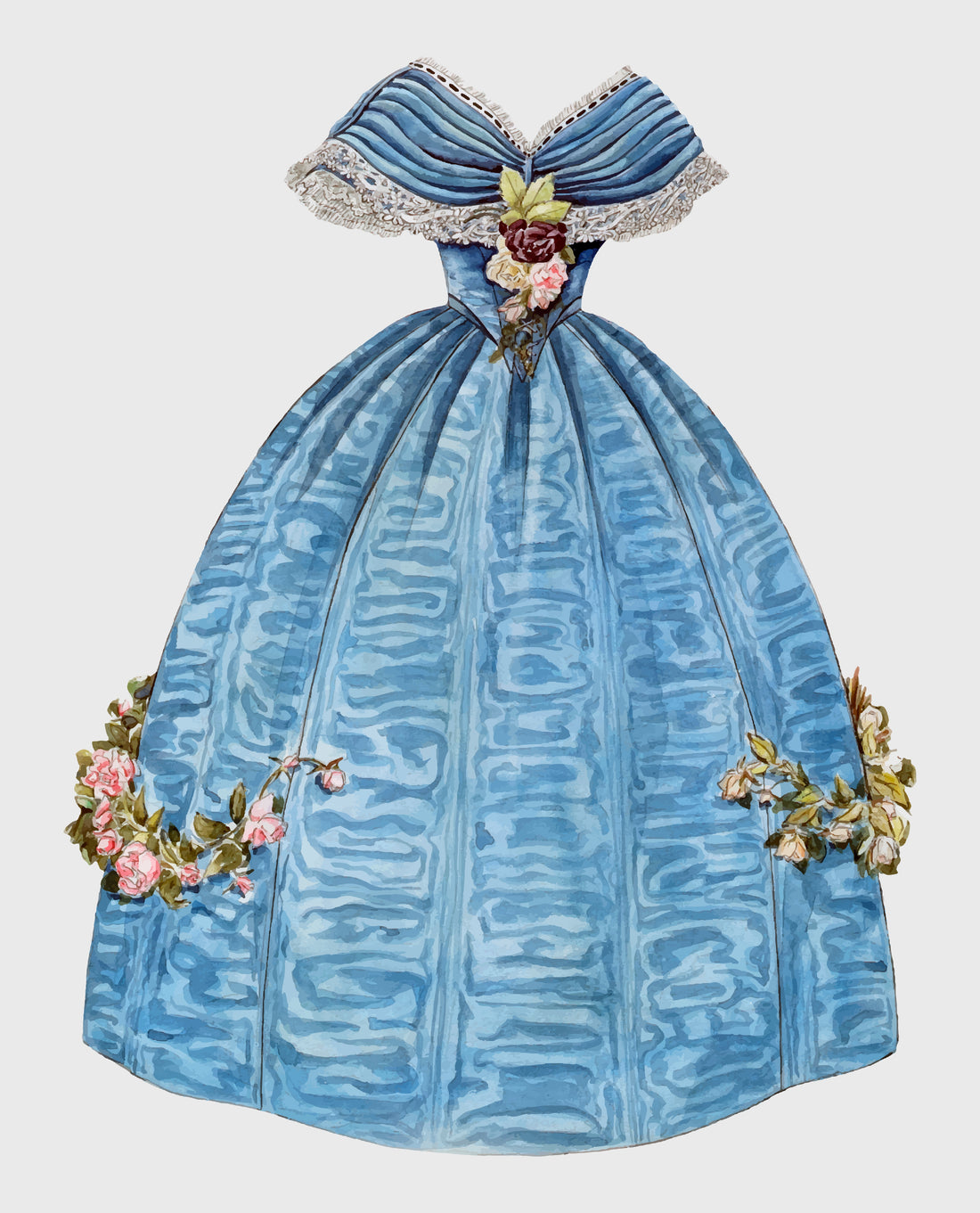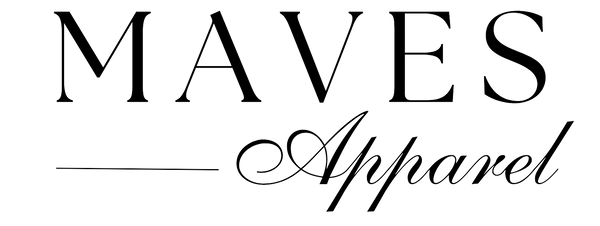
The Opulence and Elegance of Rococo Fashion
Share
Rococo fashion, emerging in early 18th century France, is celebrated for its elaborate ornamentation, soft pastels, and meticulous attention to delicate, feminine details.
This fashion trend, which flourished among the aristocratic circles, epitomizes luxury and extravagance.
This article delves into the lavishness and refinement of Rococo fashion, tracing its historical roots, defining characteristics, and enduring impact on contemporary fashion.
History of Rococo Fashion

The Dawn of Rococo: Origins and Influence
Rococo fashion blossomed in early 18th century France, evolving from the more rigid and formal Baroque style that preceded it.
It was born in a period of peace and prosperity under the reign of Louis XV, reflecting the light-hearted, decorative, and playful nature of the time.
The term "Rococo" itself, derived from the French word "rocaille" (meaning pebble) and "coquilles" (meaning shell), hints at the style's fondness for intricate designs and natural motifs.
Unlike the Baroque era, which was dominated by heavy ornaments and strict formality, Rococo embraced a more relaxed and whimsical approach.
This was a time when art and fashion took a breath, laughed, and danced in the ballrooms of Versailles.
The Silhouette and Styles of Rococo
Rococo fashion, known for its intricate details, soft hues, and flowing lines, exuded sophistication and a dreamlike quality.
Women's attire featured the pannier, a wide hoop skirt, alongside a snug, corseted bodice to emphasize the waist, with low décolletages adorned in lace and ribbons.
These pieces were often made from rich silks, satins, and brocades, decorated with floral motifs and frills.
Men's fashion was equally lavish, with shorter coats for better movement, ornate waistcoats, and knee-length breeches.
Luxurious materials and bright colors were staples, along with accessories like silk stockings, buckled shoes, and tricorn hats, rounding off the look with elegance.
Rococo’s Legacy in Modern Fashion
The influence of Rococo fashion extends far beyond its century, permeating modern design in various ways.
It has inspired countless collections on high fashion runways, with designers often revisiting the opulence and flamboyance of the era.
The Rococo love for ornamentation, pastel shades, and intricate patterns finds echoes in today's haute couture, where the desire to combine luxury with fantasy continues to thrive.

Key Features of Rococo Fashion
Rococo fashion is known for its intricate and ornate designs, delicate details, and pastel colors.
It features soft, flowing fabrics, such as silk and satin, and often includes layers of lace, ruffles, and frills. The silhouette is characterized by a fitted bodice and a wide, flowing skirt that falls in soft folds.
Rococo fashion also incorporates decorative elements such as bows, ribbons, and embroidery.
Rococo Fashion in Art
Rococo fashion was not only popular in clothing but also influenced art during this period. Rococo art is characterized by its lighthearted and playful nature, with themes such as love, romance, and nature.
Artists such as Jean-Honoré Fragonard and Antoine Watteau were famous for their depictions of Rococo fashion in their paintings.
Rococo Fashion Today
Rococo fashion continues to influence fashion today, particularly in haute couture and bridal wear.
Designers such as Christian Dior and Elie Saab have incorporated elements of Rococo fashion in their collections, such as delicate lace and intricate embroidery.
Rococo-inspired dresses continue to be a popular choice for brides looking for a romantic and feminine wedding gown.

Rococo Fashion in Film and Television
Rococo fashion has also been featured in film and television. The movie Marie Antoinette, directed by Sofia Coppola, features stunning Rococo costumes designed by Milena Canonero.
The TV series Bridgerton, set in the Regency era, also incorporates elements of Rococo fashion in its costumes, particularly in the elaborate gowns worn by the female characters.
Famous Rococo Fashion Icons
Several historical figures have become synonymous with Rococo fashion. Marie Antoinette, the last Queen of France before the French Revolution, was known for her extravagant Rococo gowns and towering hairstyles.
Madame de Pompadour, the official chief mistress of King Louis XV, was also a fashion icon during this period, known for her elegant and sophisticated style.
Rococo Fashion Accessories
Accessories were an essential part of Rococo fashion. Fans, parasols, and gloves were popular accessories for women, while men favored ornate walking sticks and snuffboxes.
Jewelry was also an essential part of Rococo fashion, with diamonds, pearls, and other precious stones used to create intricate and delicate designs.
Rococo Fashion and Sustainability
While Rococo fashion is known for its opulence and extravagance, it is important to consider the sustainability of this style in today's world.
Fast fashion and disposable clothing have a significant impact on the environment, and it is essential to make conscious choices when it comes to fashion.

Rococo Fashion Influences
Rococo fashion has influenced other fashion styles throughout history. The Victorian era, for example, incorporated many elements of Rococo fashion, such as delicate lace, ruffles, and corsets.
The fashion of the 1980s also borrowed from Rococo style, with its emphasis on extravagance and opulence.
Rococo Fashion in Interior Design
The opulence and elegance of Rococo fashion have also influenced interior design.
Rococo-style furniture is characterized by its ornate and elaborate designs, with motifs such as shells, flowers, and leaves.
Soft pastel colors, such as pink, lavender, and mint green, are often used in Rococo-inspired interior design.
Conclusion
Rococo fashion is a style that continues to fascinate and inspire people today, with its opulence and elegance capturing the imagination of designers, artists, and fashion lovers around the world.
Whether it's through haute couture, bridal wear, or interior design, the influence of Rococo fashion can be seen in many aspects of our lives.
By embracing its timeless and feminine elements, we can bring a touch of Rococo elegance into our modern world.
Frequently Asked Questions
What is Rococo fashion?
Rococo fashion is a style that originated in France in the early 18th century. It is characterized by intricate and ornate designs, pastel colors, and a focus on delicate and feminine details.
What are the key features of Rococo fashion?
The key features of Rococo fashion include intricate and ornate designs, delicate details, pastel colors, soft flowing fabrics, and decorative elements such as bows, ribbons, and embroidery.
Who were some famous Rococo fashion icons?
Marie Antoinette and Madame de Pompadour were both famous Rococo fashion icons.
How has Rococo fashion influenced other styles?
Rococo fashion has influenced other styles throughout history, including Victorian fashion and the fashion of the 1980s.
Is Rococo fashion sustainable?
While Rococo fashion is known for its opulence and extravagance, it is important to consider the sustainability of this style in today's world. Choosing vintage or second-hand Rococo-inspired pieces or investing in quality, timeless pieces can be a more sustainable way to enjoy the opulence and elegance of Rococo fashion.
